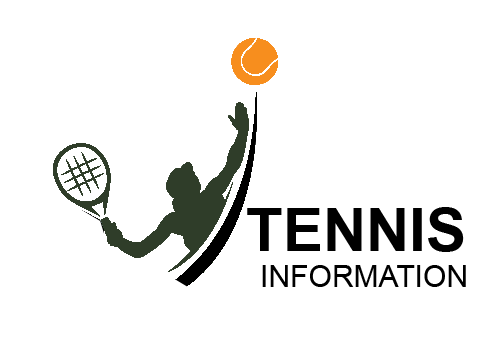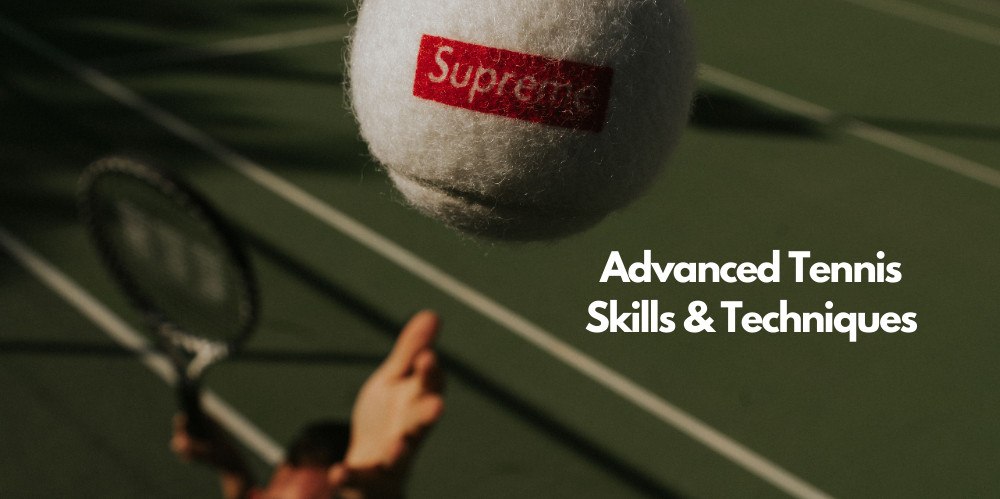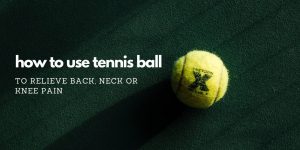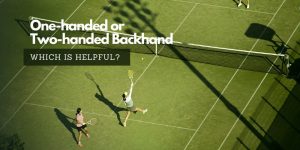When wanting to improve as a tennis player, or just to be more competitive, there are some useful techniques and skills one can acquire to improve your ratio of wins over losses. Here, we cover a few of the better ways to boost your game to the next level.
Charging the Net
Running from the baseline up to net is a good idea when sending a strong serve into the corner of their court or simply when hitting hard and deep. One must judge whether your opponent can strongly return the ball or will barely get the ball over the net. In the latter case, it is often a simple matter to return their ball away from their current position, to finish the point.
Overhead Return
With balls that are being sent high towards you, it’s possible to use an overhead shot to return the ball over the net. Sometimes it’s necessary to bend the knees a little bit when the ball falls lower than expected before reaching you.
Elongated Swing
The elongated swing is one that begins with your tennis racket head up high and arches down to eventually hit the approaching ball using the forehand or backhand. The effect of performing this swooping motion is to add greater speed to the return. Make sure you have a powerful racket, and it’s been well-strung to avoid damaging your equipment with a hard return shot.
The Lob
When your opponent has come directly to the net line, there is an opportunity to return the ball using an upwards directed lob. The idea here is to angle the racket diagonally upwards to bounce the ball over the opponent’s head. This ensures that they:
- a) cannot reach it,and
- b) it lands on their side of the court
The shot takes the time to practice and succeed at.
The Slice
The slice is an angled shot where the racket starts above the ball with the head shown with the top closest to you and the bottom of the head tilted 45-degrees. The racket is then brought down to strike the ball in the center while continuing to bring it diagonally through the ball’s position. The racket ends up in a low position. The effect is to slice the ball which causes it to fall short and usually spin backward after it’s bounced on the court. When doing so, often your opponent will miss-judge the likely position of the ball and must run to reach it.
The Drop-shot
The drop-shot is, to some degree, the opposite of the “Charging the Net” technique. Instead of rushing to the net and returning the ball hard into the corner of the opponent’s court, the drop shot involves a delicate touch. The racket is positioned below the ball and brought up to gently kiss it, rather than striking the ball hard. The idea here is to use the natural bounciness of the gut string tension with the racket to return the ball just over the net. The shorter return causes the opponent difficulty in getting to the net in time.
The Serve
Leaning forward when serving, while avoiding putting your foot over the line, is a useful way to get a slight advantage. The process of leaning forward helps the arm deliver its maximum speed to the serve and slightly reduces the distance to the net too.
Must Read :-




